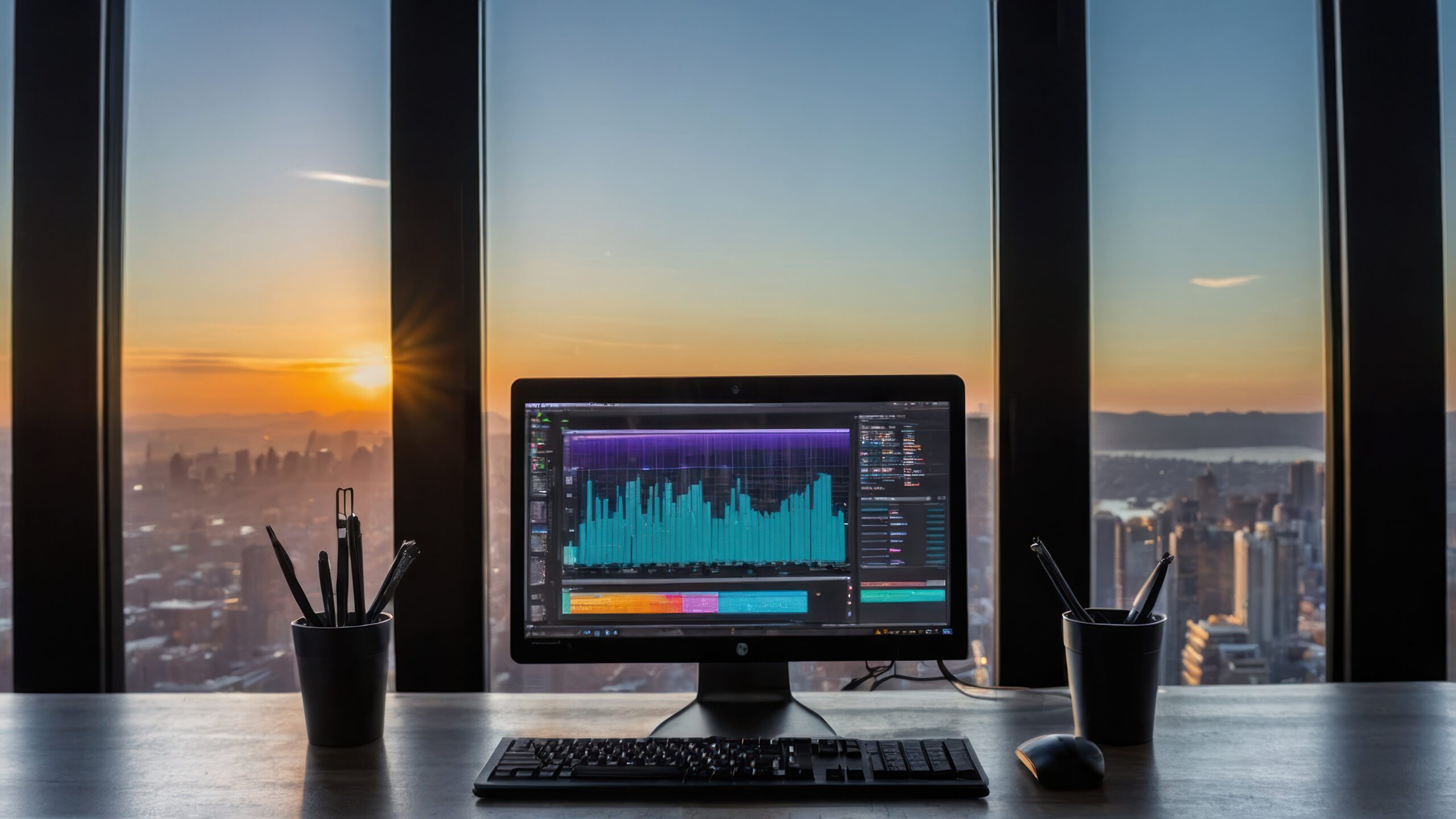In the world of trading and investing, there is a common belief that waiting for the perfect trading situation is crucial for success. Traders often find themselves seeking the ideal conditions, timing, and setups before executing their trades. However, is this approach truly necessary, or is it merely a myth perpetuated by the desire for flawless trading scenarios? Some traders, if not all, are too focused on finding the perfect set up, messing with indicators, and waiting for a secret piece of information that no one else knows about that could affect the trade, or anything else you think as long as you can spot a wonderful set up.
We all know that there is no such thing as a “perfect trading situation” or “perfect method” in forex trading that will make you money. What happens here is that if you keep waiting and waiting, you will never get enough trading experience or establish a trader’s mindset. You may believe that you have a variety of tactics to assist you in your forex adventure, but this is only half the battle. The most crucial of all is experience.
You may possess the necessary knowledge and skills, but failing to execute and apply them in the forex market due to fear or “waiting” for the perfect trading situation or setup will not help you progress as a trader. Always keep in mind that there is no such thing as a trading strategy or guaranteed profit in forex trading.
Try to be ordinary rather than perfect. Don’t have unrealistic expectations. Rather than seeking the perfect arrangement, look for one that has a reasonable chance of succeeding.
Creating the Ideal Master Plan for Trading Situation
There are no two trading techniques because no two traders are alike. Each strategy will take into account important factors such as trading style and risk tolerance.
Any plan should include the following ten elements:
1. Skill Assessment

Market trading is a give-and-take game. True professionals are well-prepared and benefit from the rest of the herd, which is prone to waste money due to a lack of strategy.
2. Mental acclimatization

If you are not emotionally or psychologically prepared to face the market, take the day off; otherwise, you may lose your shirt. If you’re furious, preoccupied, or otherwise distracted from the activity at hand, this is almost certain to happen.
3. Determine the risk level

The amount of risk you take can vary, but it should be between 1% and 5% of your whole portfolio on any given trading day. That means if you lose that much money during the day, you get out of the market and stay out. It’s better to rest and battle another day if things aren’t going your way.
4. Define your goals

Many traders will not accept a trade unless the potential profit is at least three times the risk. Set weekly, monthly, and annual profit goals, either in dollars or as a percentage of your portfolio, and revisit them on a regular basis.
5. Handle your homework with care

Because futures contracts trade at all hours of the day and night, index futures are an excellent tool for measuring sentiment before the market opens.
6. Preparation for Trade

Label major and minor support and resistance levels on the charts, establish alerts for entry and exit signals, and make sure all signals can be easily seen or heard, whatever trading system and application you use.
7. Implement Exit Procedures

The bulk of traders make the mistake of focusing all of their efforts on finding buy signals while neglecting to consider when and how to exit. Because they do not want to lose money, many traders are unable to sell if they are losing money. If your stop is struck, it means you’ve committed a blunder.
8. Establish Procedures for Entry

This follows after the recommendations for departure guidelines because exits are far more important than entries. “If signal A fires, buy X contracts or sell X contracts with a minimum objective of three times my stop loss and we are at support,” says the trader.
9. Keep detailed records

Many seasoned and successful traders also keep meticulous records. They want to know why and how they were able to close a sale if they are successful. Targets, entry and exit points for each trade, time, support and market open & close for the day should all be written down.
10. Assess the Results

It’s more vital to understand why and how than it is to sum up the profit or loss at the end of trading day. Keep track of your findings in your trade notebook so you can refer back to them later. Always keep in mind that there will be trades that do not work out.
Final Thoughts
While the allure of the perfect trading situation is undeniable, it is essential to question its necessity. Trading success is not solely reliant on waiting for flawless conditions but rather on developing a robust strategy, managing risk effectively, and adapting to changing market dynamics. Embracing imperfection as a learning opportunity and focusing on consistency and edge can lead to more sustainable trading outcomes. Ultimately, the pursuit of perfection may hinder traders from taking action and capitalizing on profitable opportunities.
Trading for fun does not ensure that you will be as successful when trading for real money. Emotions enter the picture at this point. Successful practice trading, on the other hand, instills trust in the trader’s strategy if the system produces favorable. It’s more crucial than picking a method to have the competence to make trades without second-guessing or doubting yourself.





